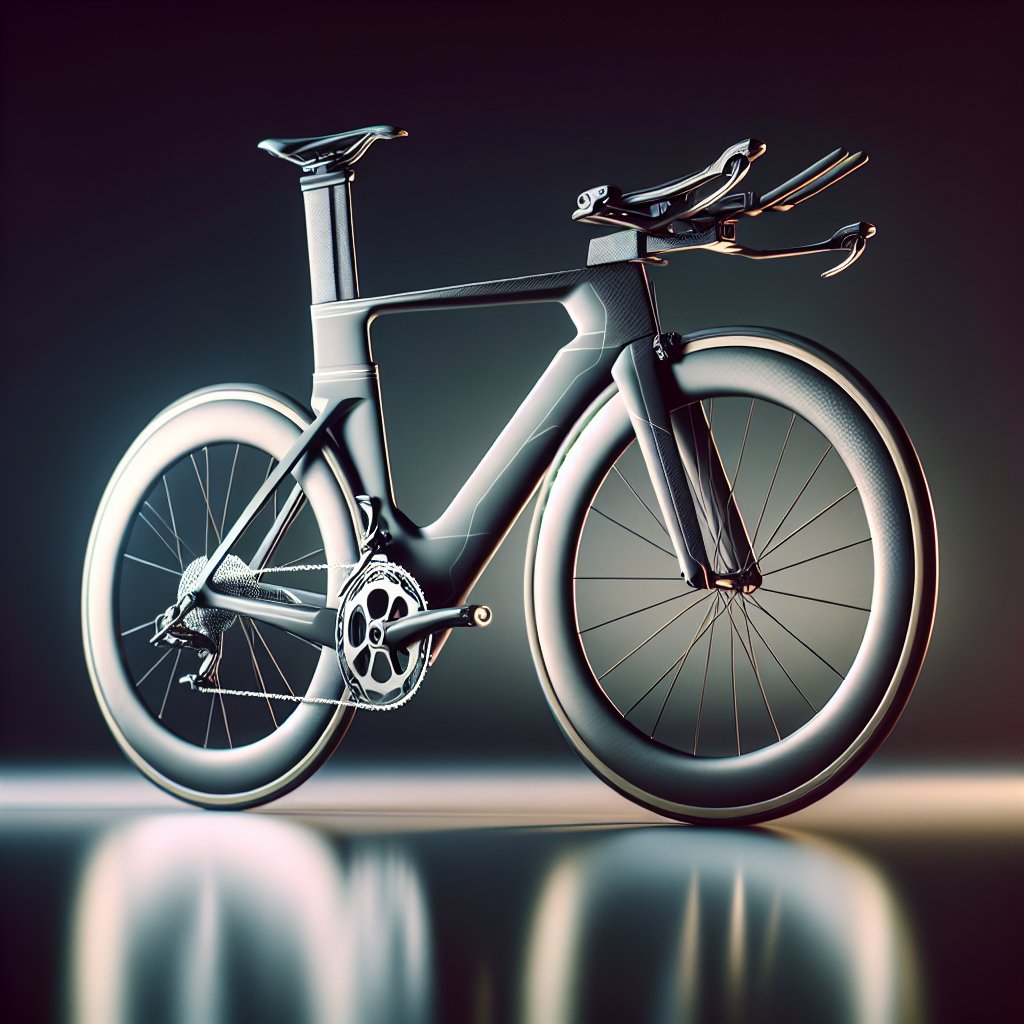The Evolution of Bicycle Designs – From Classic to Modern Types
Bicycles have undergone significant transformations since their inception, evolving from simple wooden frames to sophisticated machines equipped with advanced technology. This article delves into the fascinating journey of bicycle designs, exploring the classic models that laid the foundation and the modern innovations that continue to push the boundaries of cycling.
The Classic Era of Bicycle Design
The history of bicycles dates back to the early 19th century, with the invention of the “Draisine” or “running machine” by Karl Drais in 1817. This early prototype, made entirely of wood, lacked pedals and required riders to push themselves along with their feet. Despite its rudimentary design, the Draisine marked the beginning of a new era in personal transportation.
The Velocipede
In the 1860s, the Velocipede, also known as the “boneshaker,” emerged as the next significant development in bicycle design. Featuring a metal frame and pedals attached directly to the front wheel, the Velocipede offered a more efficient means of propulsion. However, its rigid frame and iron-banded wooden wheels made for a rough and uncomfortable ride, earning it the nickname “boneshaker.”
The Penny-Farthing
The 1870s saw the introduction of the Penny-Farthing, a bicycle characterized by its large front wheel and much smaller rear wheel. This design allowed for greater speed, as the larger front wheel covered more ground with each pedal stroke. However, the high center of gravity made the Penny-Farthing difficult to mount and dismount, and it posed a significant risk of injury in the event of a fall.
The Safety Bicycle
The late 19th century brought about the development of the “safety bicycle,” which addressed many of the issues associated with earlier designs. Featuring two wheels of equal size, a chain-driven rear wheel, and a diamond-shaped frame, the safety bicycle offered improved stability and comfort. This design quickly gained popularity and laid the groundwork for the modern bicycles we know today.
Modern Innovations in Bicycle Design
As technology advanced, so too did bicycle designs. The 20th and 21st centuries have seen a plethora of innovations aimed at enhancing performance, comfort, and versatility. From lightweight materials to advanced gearing systems, modern bicycles are a testament to human ingenuity and engineering prowess.
Materials and Construction
One of the most significant advancements in modern bicycle design is the use of lightweight materials. Early bicycles were constructed from wood and steel, but today’s models often feature aluminum, carbon fiber, and titanium. These materials offer a superior strength-to-weight ratio, making bicycles lighter, faster, and more durable.
Gearing Systems
Modern bicycles are equipped with sophisticated gearing systems that allow riders to tackle a variety of terrains with ease. Derailleur gears, which use a chain and multiple sprockets to change gears, have become the standard for most bicycles. Additionally, internal hub gears, which house the gearing mechanism within the rear hub, offer a low-maintenance alternative for urban and commuter bikes.
Suspension Systems
Suspension systems have revolutionized the world of mountain biking, providing riders with the ability to navigate rough and uneven terrain with greater control and comfort. Front suspension forks and rear shock absorbers help to absorb impacts and maintain traction, allowing for a smoother and more enjoyable ride.
Electric Bicycles
The advent of electric bicycles, or e-bikes, represents one of the most exciting developments in modern bicycle design. E-bikes are equipped with an electric motor that provides pedal assistance, making it easier for riders to cover longer distances and tackle challenging hills. This innovation has opened up cycling to a broader audience, including those who may have previously found traditional bicycles too physically demanding.
Conclusion
The evolution of bicycle designs from classic to modern types is a testament to the enduring appeal and versatility of this mode of transportation. From the humble Draisine to the high-tech e-bike, bicycles have continually adapted to meet the needs and preferences of riders. As technology continues to advance, we can expect even more exciting innovations in the world of cycling, further enhancing the experience for enthusiasts and casual riders alike.



